Rini A Sharon
Correlation based Multi-phasal models for improved imagined speech EEG recognition
Nov 04, 2020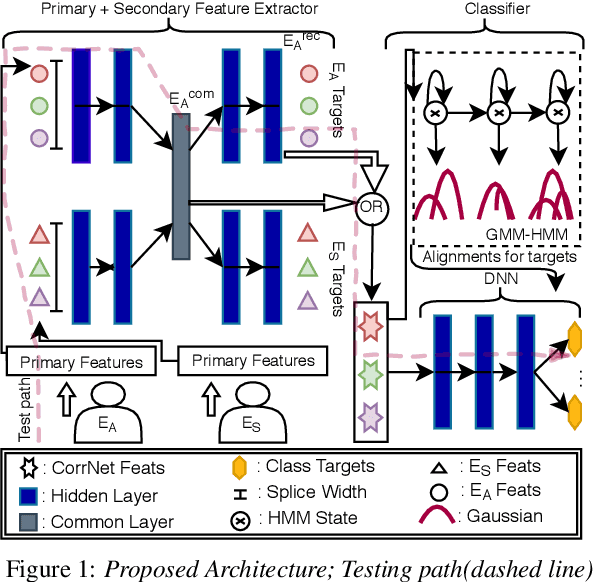
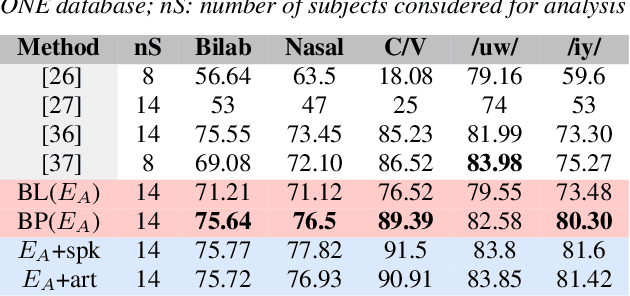
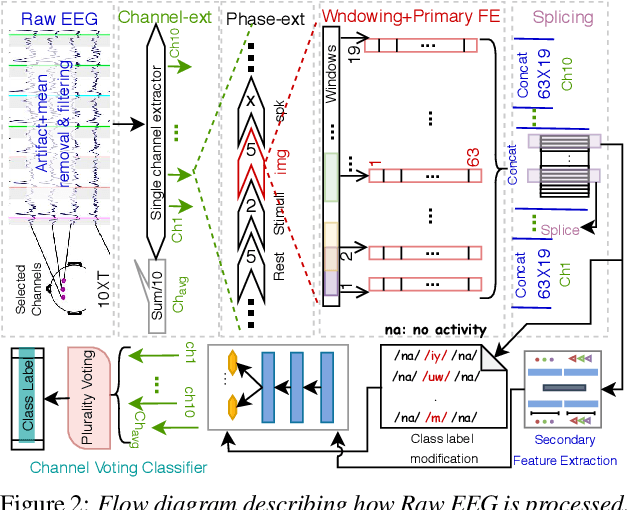
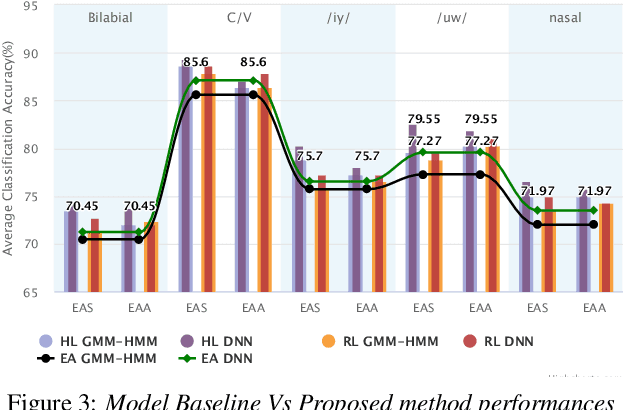
Abstract:Translation of imagined speech electroencephalogram(EEG) into human understandable commands greatly facilitates the design of naturalistic brain computer interfaces. To achieve improved imagined speech unit classification, this work aims to profit from the parallel information contained in multi-phasal EEG data recorded while speaking, imagining and performing articulatory movements corresponding to specific speech units. A bi-phase common representation learning module using neural networks is designed to model the correlation and reproducibility between an analysis phase and a support phase. The trained Correlation Network is then employed to extract discriminative features of the analysis phase. These features are further classified into five binary phonological categories using machine learning models such as Gaussian mixture based hidden Markov model and deep neural networks. The proposed approach further handles the non-availability of multi-phasal data during decoding. Topographic visualizations along with result-based inferences suggest that the multi-phasal correlation modelling approach proposed in the paper enhances imagined-speech EEG recognition performance.
The "Sound of Silence" in EEG -- Cognitive voice activity detection
Oct 12, 2020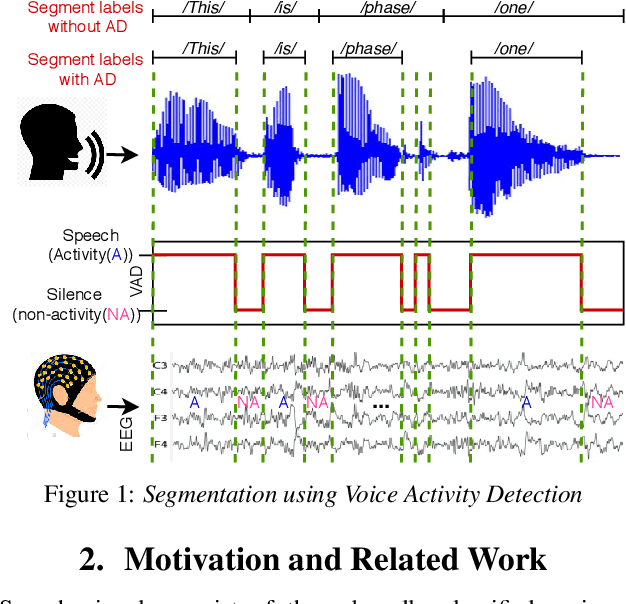


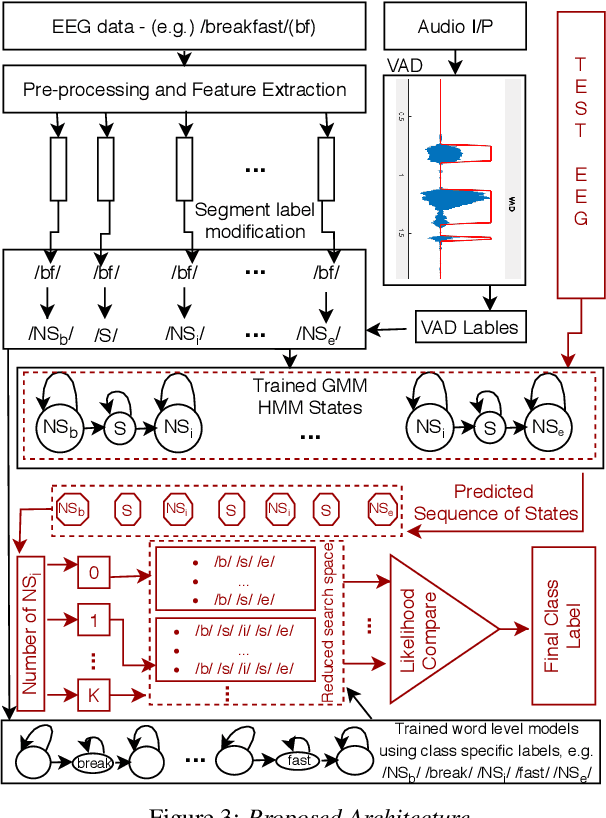
Abstract:Speech cognition bears potential application as a brain computer interface that can improve the quality of life for the otherwise communication impaired people. While speech and resting state EEG are popularly studied, here we attempt to explore a "non-speech"(NS) state of brain activity corresponding to the silence regions of speech audio. Firstly, speech perception is studied to inspect the existence of such a state, followed by its identification in speech imagination. Analogous to how voice activity detection is employed to enhance the performance of speech recognition, the EEG state activity detection protocol implemented here is applied to boost the confidence of imagined speech EEG decoding. Classification of speech and NS state is done using two datasets collected from laboratory-based and commercial-based devices. The state sequential information thus obtained is further utilized to reduce the search space of imagined EEG unit recognition. Temporal signal structures and topographic maps of NS states are visualized across subjects and sessions. The recognition performance and the visual distinction observed demonstrates the existence of silence signatures in EEG.
 Add to Chrome
Add to Chrome Add to Firefox
Add to Firefox Add to Edge
Add to Edge